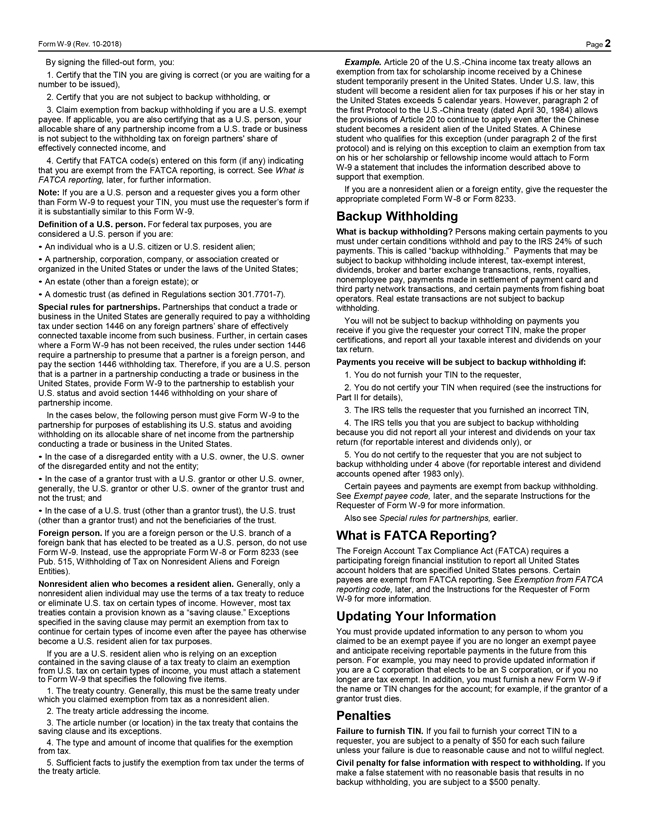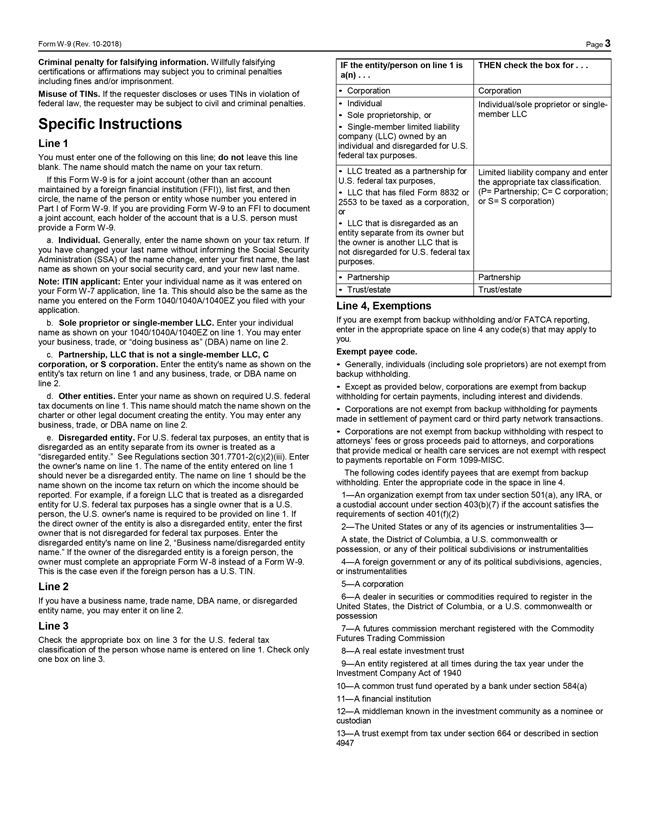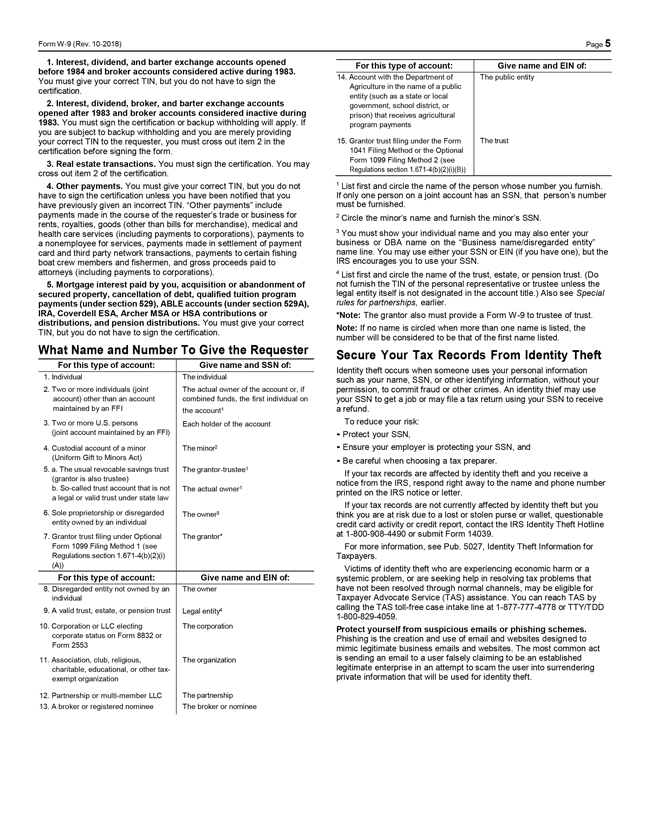Exhibit (a)(2)(iv)
THE CIRCULAR (AS DEFINED BELOW) AND THE INSTRUCTIONS ACCOMPANYING THIS LETTER OF TRANSMITTAL SHOULD BE READ CAREFULLY BEFORE THIS LETTER OF TRANSMITTAL IS COMPLETED. IF YOU HAVE ANY QUESTIONS OR REQUIRE MORE INFORMATION WITH REGARD TO THE PROCEDURES FOR COMPLETING, EXECUTING AND RETURNING THIS LETTER OF TRANSMITTAL, PLEASE CONTACT TSX TRUST COMPANY (THE “DEPOSITARY”) AT 1-800-387-0825 (TOLL-FREE WITHIN NORTH AMERICA) OR 416-682-3860 (OUTSIDE OF NORTH AMERICA) OR BY E-MAIL AT SHAREHOLDERINQUIRIES@TMX.COM.
SHAREHOLDERS WHOSE SHARES ARE REGISTERED IN THE NAME OF AN INTERMEDIARY (SUCH AS A BROKER, INVESTMENT DEALER, BANK, TRUST COMPANY OR OTHER INTERMEDIARY) SHOULD NOT USE THIS LETTER OF TRANSMITTAL AND SHOULD CONTACT THAT INTERMEDIARY FOR INSTRUCTIONS AND ASSISTANCE IN DEPOSITING THOSE SHARES.
TO BE EFFECTIVE, THIS LETTER OF TRANSMITTAL MUST BE VALIDLY COMPLETED, DULY EXECUTED AND RETURNED TO THE DEPOSITARY. IT IS IMPORTANT THAT YOU VALIDLY COMPLETE, DULY EXECUTE AND RETURN THIS LETTER OF TRANSMITTAL ON A TIMELY BASIS IN ACCORDANCE WITH THE INSTRUCTIONS CONTAINED HEREIN.
LETTER OF TRANSMITTAL
To accompany certificate(s) or DRS Advice(s)
FOR REGISTERED HOLDERS OF
COMMON SHARES OF

TURQUOISE HILL RESOURCES LTD.
This Letter of Transmittal, properly completed and duly executed by a registered holder of common shares (the “Shares”) of Turquoise Hill Resources Ltd. (the “Corporation”), together with all other documents reasonably required by the Depositary, must accompany certificate(s) or Direct Registration System advice(s) (“DRS Advice(s)”), as applicable, for the Shares of the Corporation deposited in connection with the proposed arrangement (the “Arrangement”) involving the Corporation, Rio Tinto plc and Rio Tinto International Holdings Limited (the “Purchaser”) that is being submitted for approval at the special meeting of shareholders of the Corporation (the “Shareholders”) to be held on November 1, 2022 (as may be adjourned or postponed, the “Meeting”). Pursuant to the Arrangement, the Purchaser will acquire all of the issued and outstanding Shares of the Corporation not already held by the Purchaser, Rio Tinto plc or its affiliates, and the holders of such Shares who do not validly exercise their Dissent Rights will be entitled to receive from the Purchaser, on completion of the Arrangement, C$43.00 in cash for each Share held, as further described in the Corporation’s management proxy circular dated September 27, 2022 (the “Circular”).
Capitalized terms used but not defined in this Letter of Transmittal have the meanings set out in the Circular. A copy of the Arrangement Agreement in respect of the Arrangement and a copy of the Circular are available under the Corporation’s profiles on SEDAR at www.sedar.com and EDGAR at www.sec.gov.
The Corporation and the Purchaser will implement the Arrangement when all of the conditions to closing have been satisfied and/or waived, including the approval of the Shareholders at a special meeting of Shareholders. Some of the conditions are beyond the Corporation’s and/or the Purchaser’s control, and as a result, there can be no assurance that the Arrangement will be completed, nor can the exact timing of the implementation of the Arrangement be predicted with certainty.
Information about this Letter of Transmittal
This Letter of Transmittal is for use by registered Shareholders of the Corporation only and is not to be used by non-registered Shareholders. Shareholders whose Shares are registered in the name of an intermediary (such as a broker, investment dealer, bank, trust company or other intermediary) should NOT use this Letter of Transmittal and should contact that intermediary for instructions and assistance in depositing those Shares.





